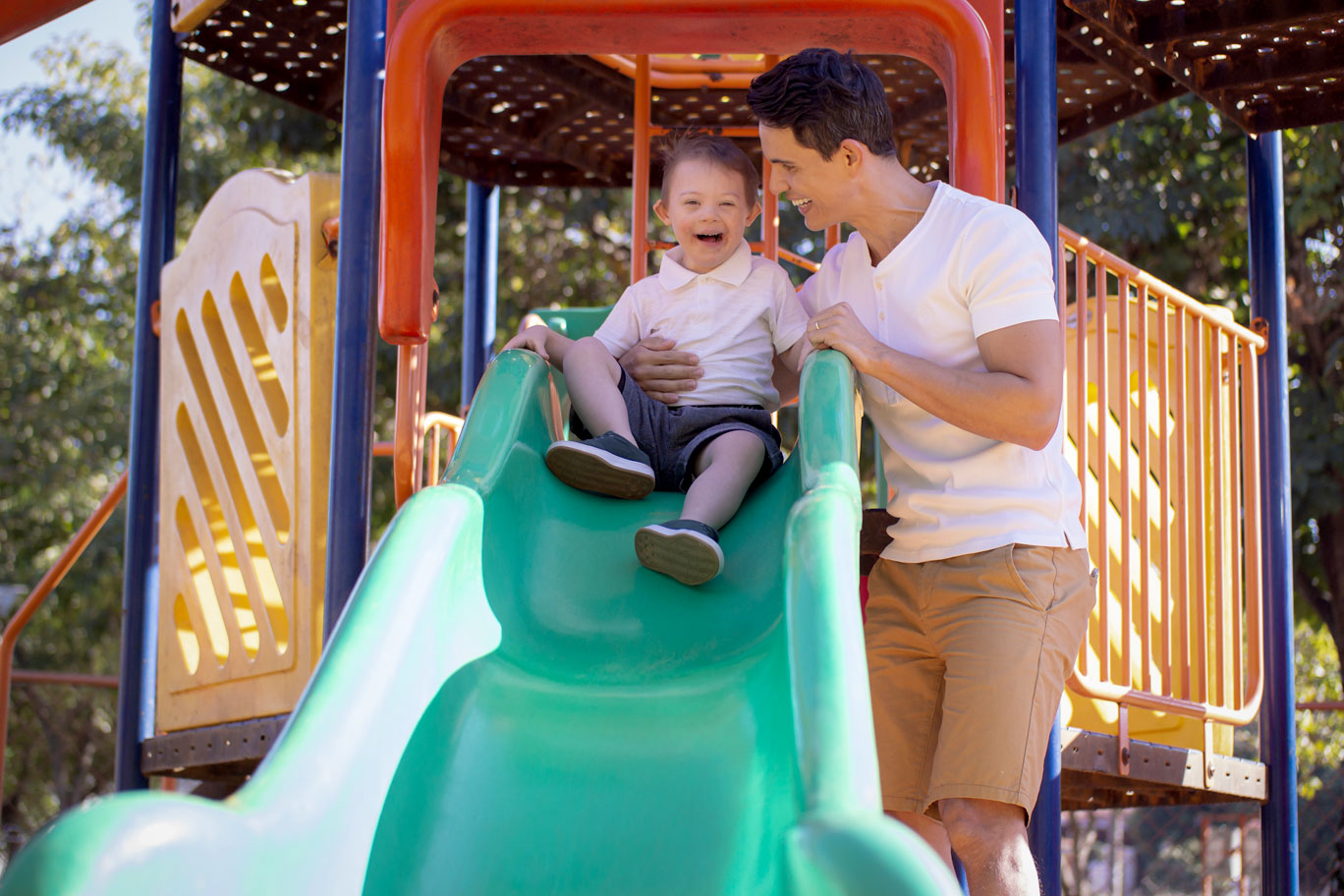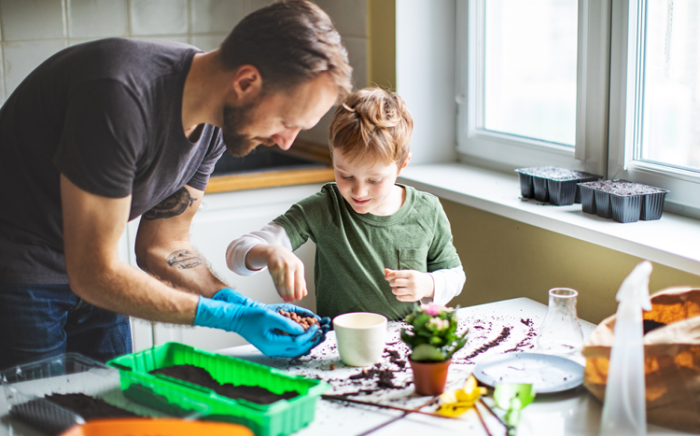
July 19, 2024, 2:19 p.m.
Molly Sokolis PT, DPT
In the summer, the playground is a fantastic (and free) activity that's both fun and engaging for school-aged children. While some kids find playgrounds exciting and adventurous, others may find them intimidating or isolating. This is because most playgrounds are designed to encourage climbing, balancing and exposure to gravity's forces on the body. If these activities are challenging or uncomfortable for your child, they might not enjoy the playground as much.
However, it’s important to not give up. Here are some helpful tips from a pediatric physical therapist on using various play equipment to stimulate your child's development:
- Swinging: The body needs vestibular input to feel calm and regulated. The vestibular system helps the brain process information about where the body is in space. If your child is nervous about swinging, start by maintaining contact with the swing or pushing their favorite stuffed animal in the swing.
- Sliding: Slides also offer vestibular input and an introduction to gravity. Just remember, do not slide down with your child on your lap. While it may seem to ease their fear, it can result in an injury if their legs get tangled up with yours.
- Climbing: Many playgrounds have some variation of a climbing wall, ladder, rock or rope wall. This whole-body workout, which requires both arms and legs, is excellent for developing core strength, coordination and focus. Have your child pretend to be a different animal each time they climb for a fun twist.
- Fine motor development: Climbing requires a tight grip, which strengthens the muscles of the hand and wrist. Additionally, you may notice wheels, gears or knobs around the playground equipment. These facilitate hand-eye coordination and maturing grasp patterns, essential for fine motor milestones such as using utensils, writing and tying shoes.
- Jumping: If your playground has designated markings or designs on the ground, chances are they are intended to encourage jumping. Jumping is an important gross motor milestone, as is crawling or walking. Jumping takes strength, coordination and balance.
- Get creative: If your child struggles to play independently, set up a delivery route that involves climbing, sliding and jumping to reach the destination. Bring some of their favorite small toys to incorporate into the game.
Remember to stay close to your child and always supervise them directly. While learning new skills and navigating new terrain, they may stumble and fall, which is natural. Watch for signs of risky play and ask questions such as "Do you feel safe right now?" or "What's your plan to get down from there?" It's important for kids to explore their environment in new ways; this is how they learn and grow. A healthy balance of challenging activities and safety measures is the key to a successful trip to the park.
If you don't have a playground near you, many of these skills can be practiced in your backyard. The American Heart Association recommends that kids engage in 60 minutes of vigorous activity daily. With some encouragement and creativity, your child can build a healthy relationship with exercise and find joy in movement. Just remember to wear protective footwear, apply sunscreen and drink plenty of water when playing outside.
 Molly Sokolis PT, DPT, a doctor of physical therapy at St. Louis Children’s Hospital, works with children through all stages of development with varying abilities and orthopedic injuries. She graduated from Saint Louis University with a concentration in interprofessional education, which she uses daily to collaborate with pediatricians, occupational therapists, speech therapists and specialty providers. She is passionate about helping children explore independence and find joy in movement.
Molly Sokolis PT, DPT, a doctor of physical therapy at St. Louis Children’s Hospital, works with children through all stages of development with varying abilities and orthopedic injuries. She graduated from Saint Louis University with a concentration in interprofessional education, which she uses daily to collaborate with pediatricians, occupational therapists, speech therapists and specialty providers. She is passionate about helping children explore independence and find joy in movement.









